Filters
Download definitions (PDF) Case source list Model cases
Model cases
 National programme
National programme
-
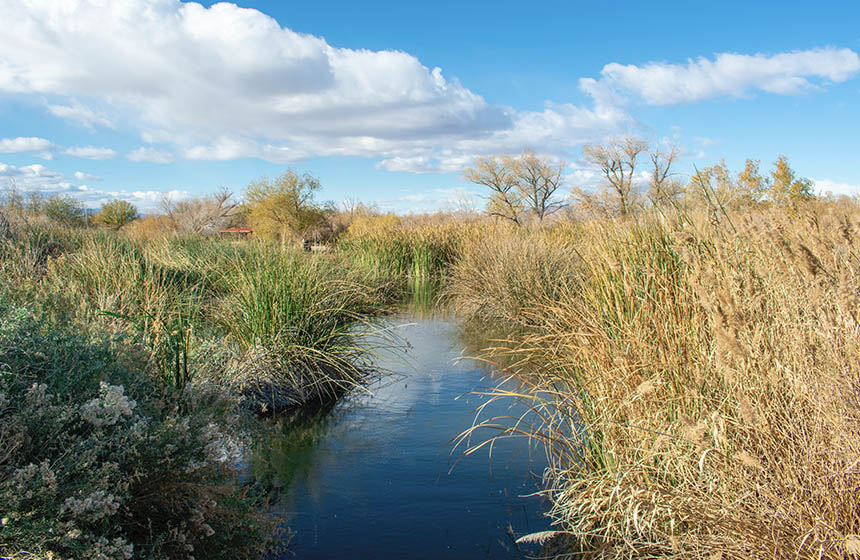
Wetland restoration in St. Aidan’s Nature Reserve
A converted opencast coal mine provides a buffer zone for flooding and habitats for diverse species.
- Created habitats
United Kingdom -
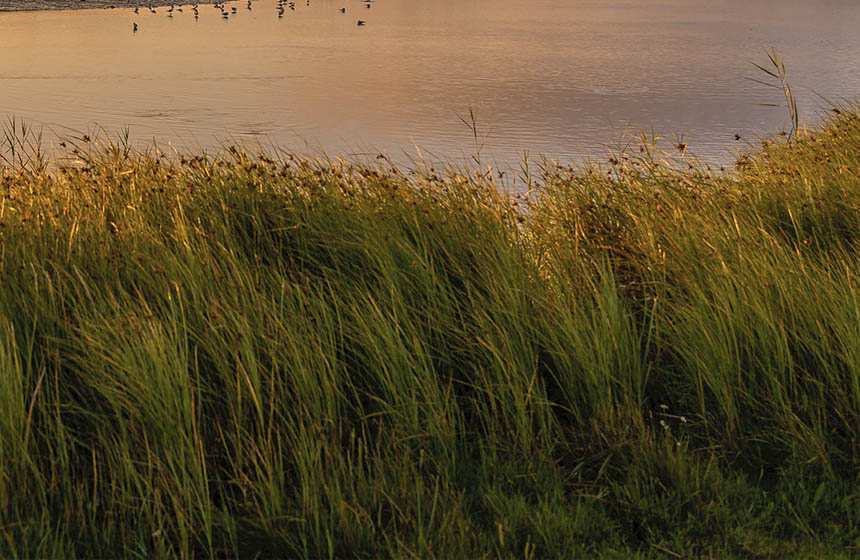
Restoration of wet grassland, reedbed, and fen in the Greylake Nature Reserve
Conversion of arable farmland to wet grassland, reedbed, and wet fen aims to restore biodiversity in the Greylake Nature Reserve and increase the area’s carbon storage potential and adaptive capacity in the face of flooding.
- Management
- Protection
- Restoration
United Kingdom -
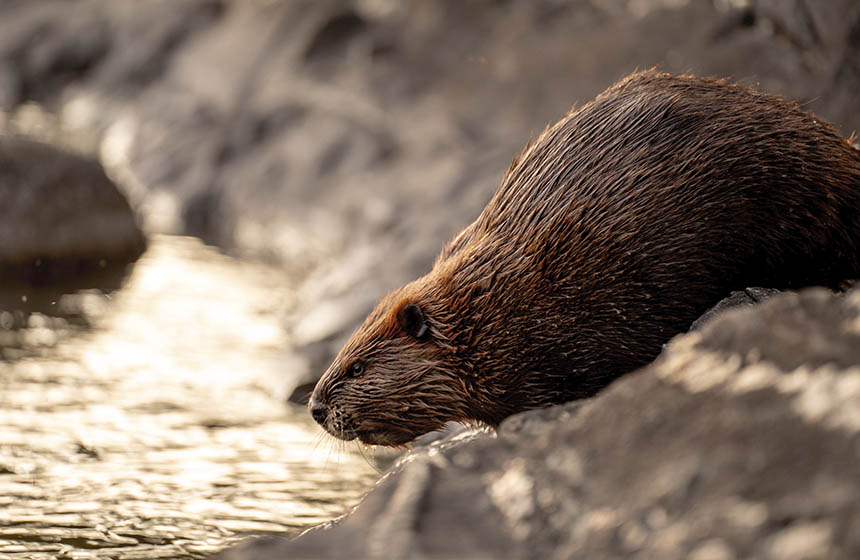
Beaver re-introduction on the River Otter in Devon
Through community-based trial and error, the UK’s first beaver (Castor fiber) reintroduction attempt aimed to restore healthier functioning of the River Otter ecosystem and reduce downstream flooding impacts on local communities. The experiment’s recent approved extension succeeded largely because of the involvement of local communities who have learned along the way how to adapt to any disruptions caused.
- Management
United Kingdom -

Restoration of lowland fen for flood management in Wicken Fen
Previously converted land at Wicken Fen in the United Kingdom, has been restored to lowland fen to reduce flood risk and recover the biodiversity that once characterised the area. A flood storage area has been created to further reduce damaging flood impacts.
- Management
- Protection
- Restoration
United Kingdom -
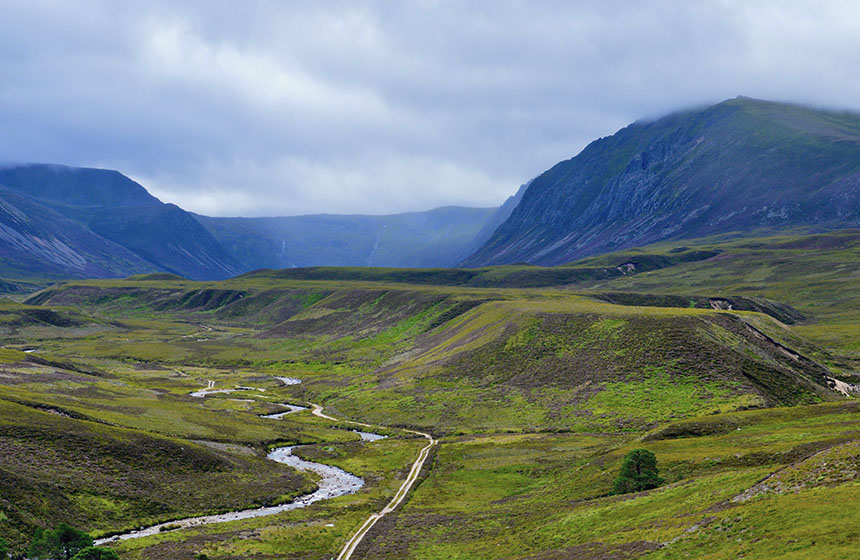
Cairngorms Connect – large-scale forest restoration
An ambitious project with a 200-year vision to manage 600 square kilometers of the Cairngorms National Park in Scotland for biodiversity whilst providing other benefits such as carbon storage and livelihoods for local people, it is the largest habitat restoration project in the UK.
- Management
- Protection
- Restoration
United Kingdom -
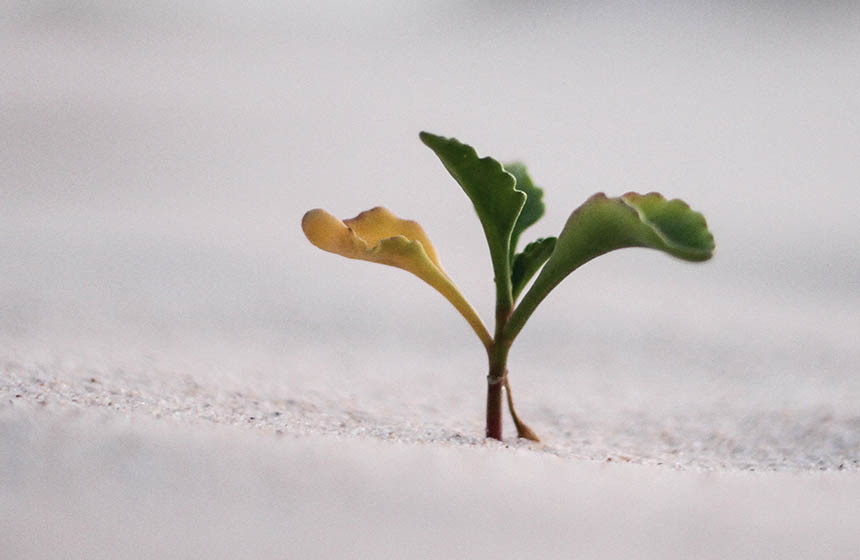
Ecosystem-based adaptation to cope with sea-level rise and extreme climatic events
Ecosystem-based adaptation (EbA) strategies were implemented near Kiyú on the Uruguayan coast to mitigate the effects of sea-level rise, storm surges, strong winds and sand dune erosion.
- Restoration
Uruguay -
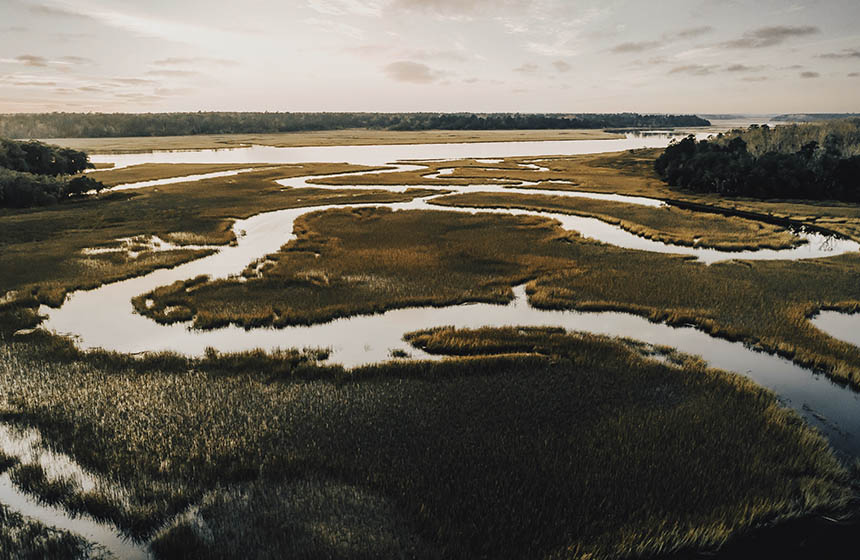
Salt marshes for flood defense in the Dutch Wadden Sea
Evaluations of man-made salt marshes in the Dutch Wadden Sea, on the northern coast of the Netherlands, found that they may be more economically viable than increasing the height of dikes and thus potentially reduce the need for dike reinforcement.
- Created habitats
- Protection
Netherlands -

Community-based land and water management
A combination of nature-based solutions and grey infrastructure aims to improve water availability while community resource management groups are working to ensure more equitable access to the scarce resource.
- Food production
- Management
- Restoration
Sudan -
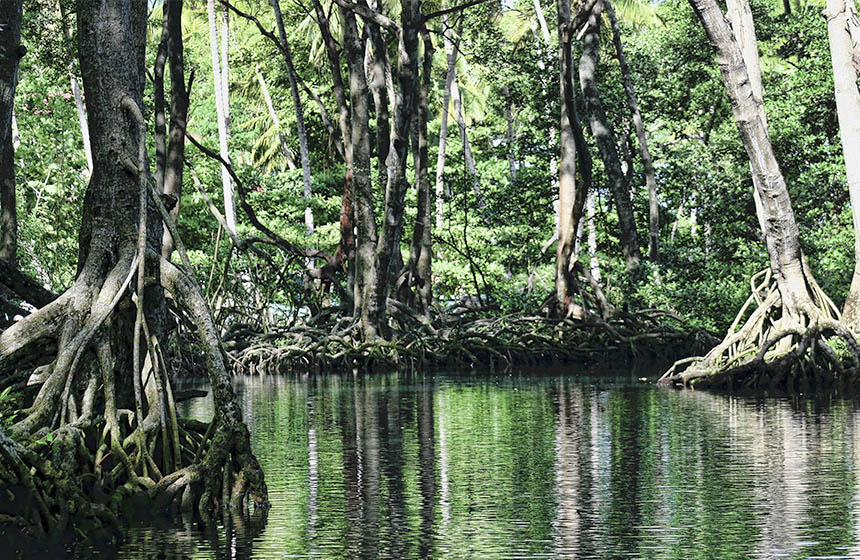
Mangrove protection in the Indus Delta
Community-led mangrove restoration and sustainable seafood harvesting are helping counter climate change pressures on coastal communities and rebalance the complex dynamics of the Indus Delta.
- Food production
- Management
- Restoration
Pakistan

